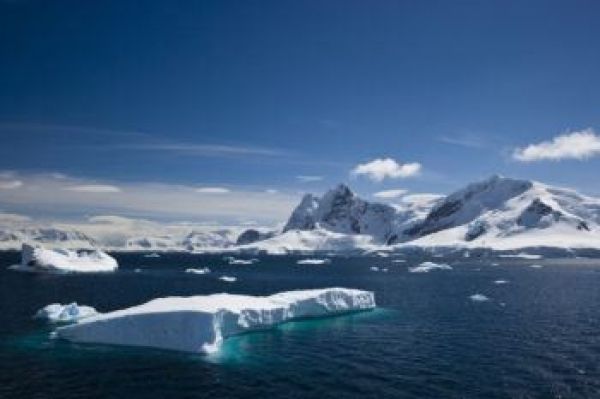The high temperature in College Station on Feb. 9 was 74 degrees Fahrenheit, or 23.3 degrees Celsius. Surprisingly, the high temperature in Antarctica the same day was only slightly cooler.
Brazilian scientists at Antarctica’s Seymour Island that day logged a high temperature of 69.35 Fahrenheit, or 20.75 Celsius. If the record is confirmed by the World Meteorological Organization (WMO), this will be a new high temperature record for the Antarctic region, which includes all of the land and islands south of 60 degrees latitude.
The one-time extreme temperature event is reflective of long-term climate trends, experts from Texas A&M University’s College of Geosciences say, and Texas is already being affected by the same globally interconnected trends.
“These individual record temperatures are not concerning to me; what concerns me is the long-term upward trend in temperatures that made these apparent records more likely to occur,” said John Nielsen-Gammon, Texas A&M regents professor of atmospheric sciences and Texas State Climatologist.
The highs recorded on Feb. 9 came after another record-breaking temperature just three days earlier. On Feb. 6, the Argentine research base Esperanza located on the northern tip of the Antarctic peninsula recorded a high temperature of 64.9 degrees Fahrenheit, or 18.3 degrees Celsius. This was a new record temperature for the Antarctic continent, according to Argentina’s national meteorological service and the WMO.
Continue reading at Texas A&M University
Image via Texas A&M University


